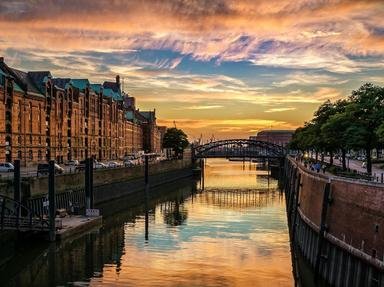Quiz Answer Key and Fun Facts
1. Knut was born in December 2006 and was the great attraction of the Berlin Zoo. Alas, Knut drowned in March 2011. What species of animal was Knut?
2. The most northern village in Germany is List on the island Sylt. To which of the 16 states of Germany does this small village belong?
3. In 1989, the Berlin Wall fell, which led soon to the reunification of East and West Germany. What is the German name for this non-violent revolution?
4. In which German novel are the protagonists the Germans Hans Castorp and Joachim Ziemssen, the Italian Lodovico Settembrini, the Jew Leo Naphta, the Russian Clawdia Chauchat and the Dutch Mynheer Peeperkorn?
5. Who played the roles (among others) of Abigail Chase, Bridget von Hammersmark and Queen Marie Antoinette?
6. Who is known for his preludes and fugues in "Das Wohltemperierte Klavier"?
7. Who was certainly not into retiring, as he was Chancellor of West Germany from his 73rd until his 87th birthday?
8. Who is one of the patron saints of Germany?
9. In which Olympic sport did the German Isabelle Werth win six gold and four silver medals?
10. Which German "Krimi" (crime series on TV) started in 1970 and is developed by various regional broadcast companies, with also the aid of Swiss and Austrian broadcasters?
Source: Author
JanIQ
This quiz was reviewed by FunTrivia editor
agony before going online.
Any errors found in FunTrivia content are routinely corrected through our feedback system.

